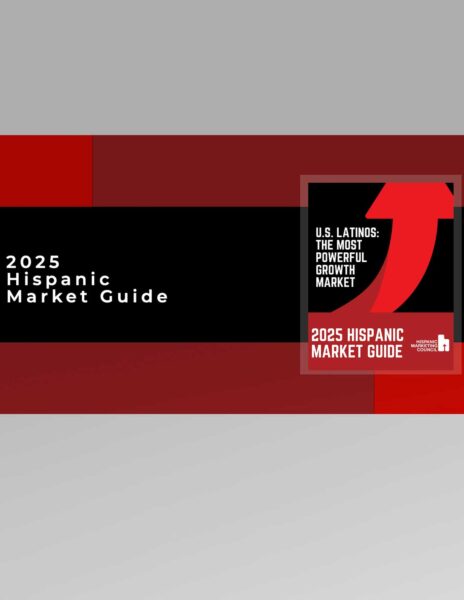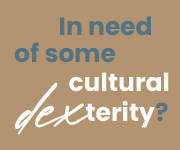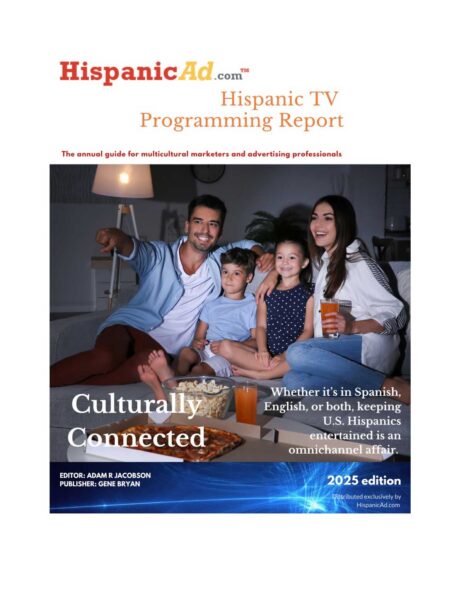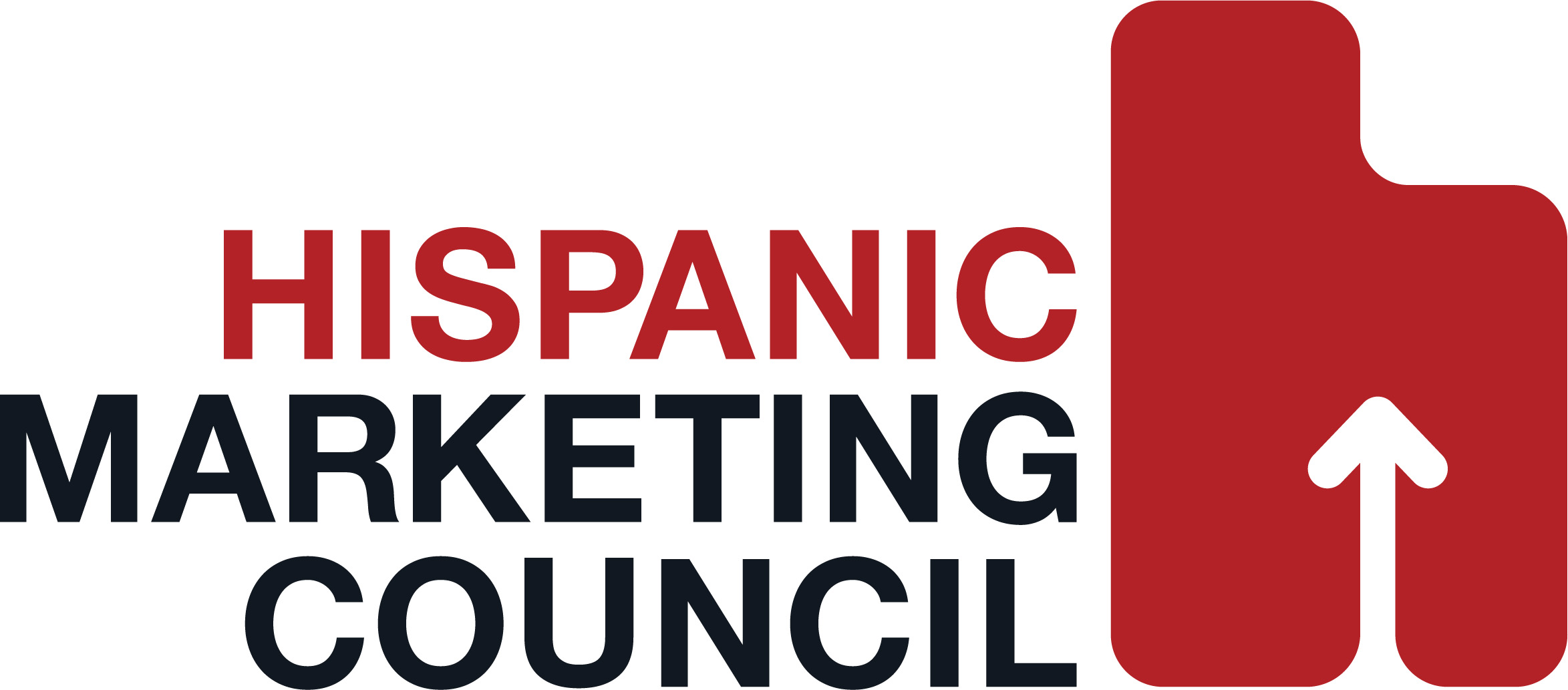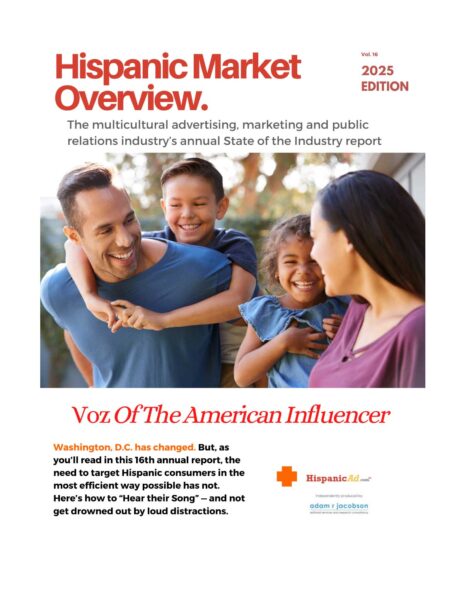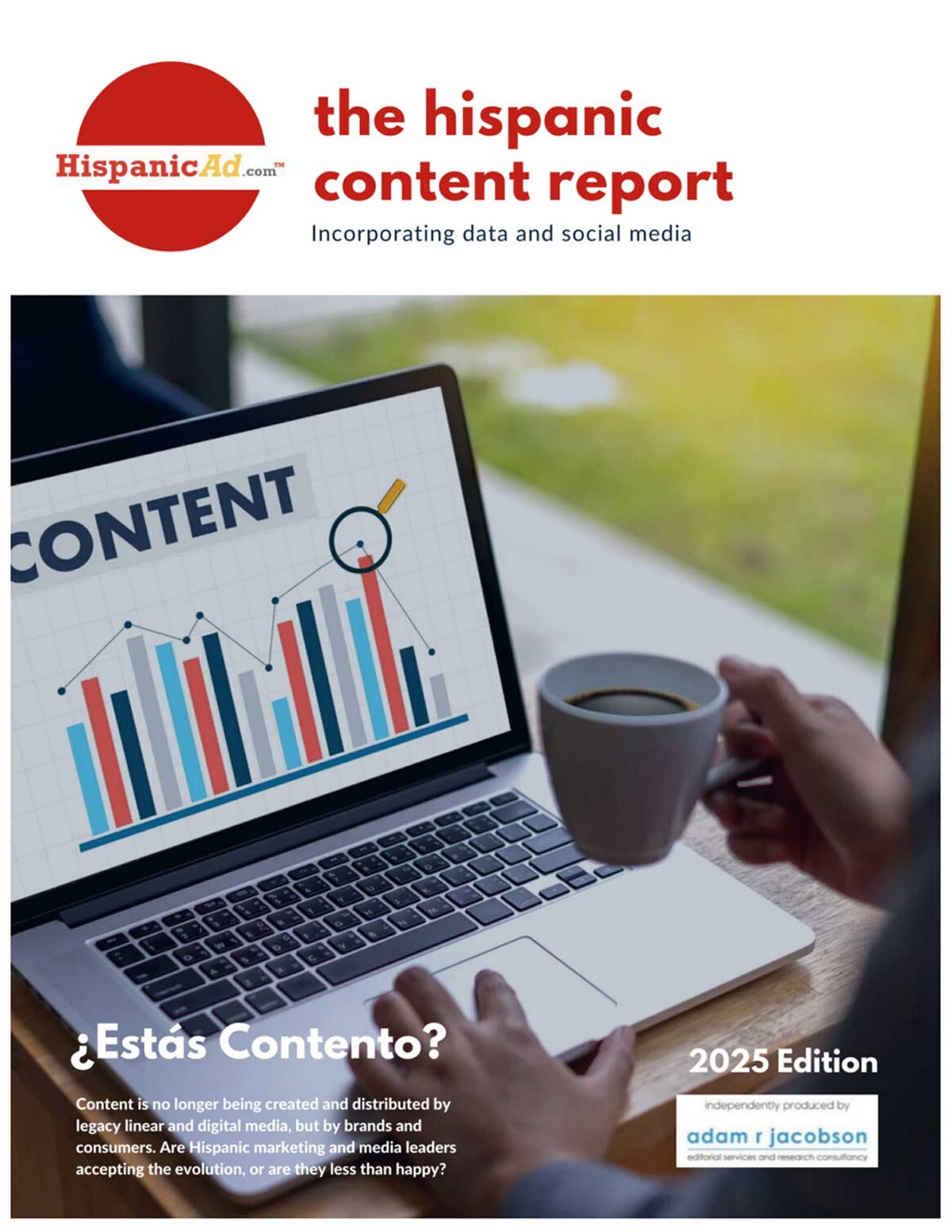 It is a common situation faced by healthcare providers today. A patient, unable to communicate well in English, arrives for treatment and often waits longer than other patients to receive treatment, may not fully understand the treatment that they are receiving, and sometimes bring a different set of cultural values and experiences with health care providers. Depending on the language and staffing support available, the outcome for the patient becomes a risky situation. By Edward T. Rincón, Ph.D.
It is a common situation faced by healthcare providers today. A patient, unable to communicate well in English, arrives for treatment and often waits longer than other patients to receive treatment, may not fully understand the treatment that they are receiving, and sometimes bring a different set of cultural values and experiences with health care providers. Depending on the language and staffing support available, the outcome for the patient becomes a risky situation. By Edward T. Rincón, Ph.D.
Research
Raising the Bar in Health-Related Research [INSIGHT]
Advertising and Audiences: Making Ad Dollars Make Sense
![]() Americans spend more than one-fifth of their time watching traditional TV—and a lot of ads, as a result. Adding to this increased ad exposure is the fact that the number of commercial minutes each hour has increased year-over-year on broadcast television, according to Nielsen’s annual Advertising and Audiences report. In the past five-year period, despite network television’s climb, cable leads with 15 minutes and 38 seconds of commercial time during each hour on average in 2013, compared to network TV’s 14 minutes and 15 seconds.
Americans spend more than one-fifth of their time watching traditional TV—and a lot of ads, as a result. Adding to this increased ad exposure is the fact that the number of commercial minutes each hour has increased year-over-year on broadcast television, according to Nielsen’s annual Advertising and Audiences report. In the past five-year period, despite network television’s climb, cable leads with 15 minutes and 38 seconds of commercial time during each hour on average in 2013, compared to network TV’s 14 minutes and 15 seconds.
2012 Economic Census Measuring America: Our Changing Economy [INFOGRAPHIC]
![]() Measuring America: Our Changing Economy – This infographic presents selected findings from the 2012 Economic Census Advance Report, which include the large employment growth in the Health Care and Social Assistance sector that has occurred between 1997 and 2012. The Advance Report is the first in a series of 2012 Economic Census reports which will be released over the next 2 years.
Measuring America: Our Changing Economy – This infographic presents selected findings from the 2012 Economic Census Advance Report, which include the large employment growth in the Health Care and Social Assistance sector that has occurred between 1997 and 2012. The Advance Report is the first in a series of 2012 Economic Census reports which will be released over the next 2 years.
U.S. Labor Force: Multicultural Millennial Tipping Point [REPORT]
 As the economic resurgence of many states over the past year, has been largely through middle-skilled* jobs, Multicultural (MC) Millennials may now be getting their turn
As the economic resurgence of many states over the past year, has been largely through middle-skilled* jobs, Multicultural (MC) Millennials may now be getting their turn
Work and Play: Tr3s’s New Hispanic Millennial Study [INSIGHT]
 Young adults coming of age today grew up in boom times, always believing that bright futures awaited them. But as they embark on their adult lives in the wake of the 2008 economic crash, they’ve experienced many challenges. How have they revised their expectations in this “Next Normal”? And when they have time for fun, what do they do?
Young adults coming of age today grew up in boom times, always believing that bright futures awaited them. But as they embark on their adult lives in the wake of the 2008 economic crash, they’ve experienced many challenges. How have they revised their expectations in this “Next Normal”? And when they have time for fun, what do they do?
Global Automotive Demand: Spotlight on the U.S. [REPORT]
![]() As demand for cars rapidly spreads in developing countries, it remains strong in established markets as well. In the U.S., where cars are an integral part of many consumers’ daily lives, obtaining a driver’s license is the initial step toward independence, and a first-car-purchase is often synonymous with pride and freedom. So who are the car buyers of tomorrow, where do they live, and what drives them through the path to purchase?
As demand for cars rapidly spreads in developing countries, it remains strong in established markets as well. In the U.S., where cars are an integral part of many consumers’ daily lives, obtaining a driver’s license is the initial step toward independence, and a first-car-purchase is often synonymous with pride and freedom. So who are the car buyers of tomorrow, where do they live, and what drives them through the path to purchase?
America’s Household Brands Losing Ground [REPORT]
![]() U.S. consumers are pushing their shopping carts past many of America’s national brands and feel little regret in doing so, according to Deloitte’s American Pantry Study of more than 375 brands across 30 product categories.
U.S. consumers are pushing their shopping carts past many of America’s national brands and feel little regret in doing so, according to Deloitte’s American Pantry Study of more than 375 brands across 30 product categories.
E-cigarettes ignite interest as market grows by $250 million over the past year
 Among the different segments of the population, Hispanic respondents show a higher-than-average tendency to smoke e-cigarettes, and tend to smoke them more regularly, with 32% of respondents saying they have tried them, compared to a 25% average.
Among the different segments of the population, Hispanic respondents show a higher-than-average tendency to smoke e-cigarettes, and tend to smoke them more regularly, with 32% of respondents saying they have tried them, compared to a 25% average.
Music Mapped Out: How Consumers Are Interacting with Music Across the U.S.
![]() Just about everyone connects with music, but where we live plays a big part of how we listen to, buy and engage with our tunes.
Just about everyone connects with music, but where we live plays a big part of how we listen to, buy and engage with our tunes.
10 MOST INFLUENTIAL ‘TOTAL MARKET’ STATES: Buying Power Focus [INFOGRAPHIC]
 The U.S. economy hinges on the 10 leading TM states where Multicultural purchase power makes up about a third of the base and also a major contributor to the incremental Buying Power. In fact, over 4 in 10 new consumer purchasing dollars are generated by Multicultural segments in the Top 10 TM states as opposed to 1 in 5 in the other 40 states. By Santiago Solutions Group
The U.S. economy hinges on the 10 leading TM states where Multicultural purchase power makes up about a third of the base and also a major contributor to the incremental Buying Power. In fact, over 4 in 10 new consumer purchasing dollars are generated by Multicultural segments in the Top 10 TM states as opposed to 1 in 5 in the other 40 states. By Santiago Solutions Group
The Shifting Religious Identity of Latinos in the United States [REPORT]
![]() Most Hispanics in the United States continue to belong to the Roman Catholic Church. But the Catholic share of the Hispanic population is declining, while rising numbers of Hispanics are Protestant or unaffiliated with any religion. Indeed, nearly one-in-four Hispanic adults (24%) are now former Catholics, according to a major, nationwide survey of more than 5,000 Hispanics by the Pew Research Center. Together, these trends suggest that some religious polarization is taking place in the Hispanic community, with the shrinking majority of Hispanic Catholics holding the middle ground between two growing groups (evangelical Protestants and the unaffiliated) that are at opposite ends of the U.S. religious spectrum.
Most Hispanics in the United States continue to belong to the Roman Catholic Church. But the Catholic share of the Hispanic population is declining, while rising numbers of Hispanics are Protestant or unaffiliated with any religion. Indeed, nearly one-in-four Hispanic adults (24%) are now former Catholics, according to a major, nationwide survey of more than 5,000 Hispanics by the Pew Research Center. Together, these trends suggest that some religious polarization is taking place in the Hispanic community, with the shrinking majority of Hispanic Catholics holding the middle ground between two growing groups (evangelical Protestants and the unaffiliated) that are at opposite ends of the U.S. religious spectrum.
116.3 Million TV Homes In the U.S., Up 0.4%
![]() Both the universe of U.S. television homes and the potential TV audience in those homes continue to grow. According to Nielsen’s 2015 Advance National TV Household Universe Estimate (UE), there are 116.3 million TV homes in the U.S., up 0.4 percent from the 2013-2014 estimate of 115.6 million. Nielsen estimates that nearly 296 million persons age 2 and older live in these TV homes, an increase of 0.5 percent from last year.
Both the universe of U.S. television homes and the potential TV audience in those homes continue to grow. According to Nielsen’s 2015 Advance National TV Household Universe Estimate (UE), there are 116.3 million TV homes in the U.S., up 0.4 percent from the 2013-2014 estimate of 115.6 million. Nielsen estimates that nearly 296 million persons age 2 and older live in these TV homes, an increase of 0.5 percent from last year.
What Benefits Are Hispanic Millennials Getting at Work? [INSIGHT]
 Many Hispanic Adult Millennial workers are employed in retail, sales, food, and construction-fields that they don’t generally see as ideal. They’re working mostly for the money now, but hope to advance into areas like technology, healthcare, education, and creative industries. So when it comes to benefits, what are their current situations offering?
Many Hispanic Adult Millennial workers are employed in retail, sales, food, and construction-fields that they don’t generally see as ideal. They’re working mostly for the money now, but hope to advance into areas like technology, healthcare, education, and creative industries. So when it comes to benefits, what are their current situations offering?
Changing Channels: Americans view Just 17 Channels despite Record Number to Choose From
![]() Americans have no shortage of options in every aspect of their lives. The proliferation of devices for consuming content has enabled more choices than most can count. But the “problem” of having too many options—including a growing expanse of content—doesn’t seem to be having an impact on our TV viewing preferences.
Americans have no shortage of options in every aspect of their lives. The proliferation of devices for consuming content has enabled more choices than most can count. But the “problem” of having too many options—including a growing expanse of content—doesn’t seem to be having an impact on our TV viewing preferences.
Nation’s Older Population to nearly Double in the Next 20 Years
![]() The nation’s 65-and-older population is projected to reach 83.7 million in the year 2050, almost double in size from the 2012 level of 43.1 million, according to two reports released from the U.S. Census Bureau. A large part of this growth is due to the aging of baby boomers (individuals born in the United States between mid-1946 and mid-1964), who began turning 65 in 2011 and are now driving growth at the older ages of the population.
The nation’s 65-and-older population is projected to reach 83.7 million in the year 2050, almost double in size from the 2012 level of 43.1 million, according to two reports released from the U.S. Census Bureau. A large part of this growth is due to the aging of baby boomers (individuals born in the United States between mid-1946 and mid-1964), who began turning 65 in 2011 and are now driving growth at the older ages of the population.
Mobile Video Benchmark Study [REPORT]
![]() The Mobile Marketing Association (MMA), the leading global trade association for the mobile industry, today announced the revealing results of the first-ever Mobile Video Benchmark Study. The study, commissioned by the Mobile Marketing Association (MMA) and its Mobile Video Committee, sought to provide mobile video performance insights to advertisers, agencies, publishers and third party video servers.
The Mobile Marketing Association (MMA), the leading global trade association for the mobile industry, today announced the revealing results of the first-ever Mobile Video Benchmark Study. The study, commissioned by the Mobile Marketing Association (MMA) and its Mobile Video Committee, sought to provide mobile video performance insights to advertisers, agencies, publishers and third party video servers.
Hispanic Couples maintain separate Bank Accounts
![]() Fifty-two percent of those in relationships that have joint bank accounts also maintain individual accounts, according to research by TD Bank.
Fifty-two percent of those in relationships that have joint bank accounts also maintain individual accounts, according to research by TD Bank.
Upscale Latinos: A Renewed Outlook For High-End Marketers [INSIGHT]
 AHAA and Nielsen released a second study, “Upscale Latinos 2.0: A Renewed Outlook for High-End Marketers,” which found that this segment, which contributes nearly 40 percent of the $1.5 trillion Hispanic spending power, leads the overall upscale demographic in optimism, purchase behaviors, and plans to further increase spending.
AHAA and Nielsen released a second study, “Upscale Latinos 2.0: A Renewed Outlook for High-End Marketers,” which found that this segment, which contributes nearly 40 percent of the $1.5 trillion Hispanic spending power, leads the overall upscale demographic in optimism, purchase behaviors, and plans to further increase spending.
Audio Today 2014 – HISPANICS [REPORT]
![]() The April 2014 Audio Today report reveals that the national radio listening audience has hit an all-time high, with over 244 million Americans (age 12 or older) tuning in each week. We also devote the majority of the report to examining the 40 million Hispanic listeners who happen to be radio’s most engaged listeners.
The April 2014 Audio Today report reveals that the national radio listening audience has hit an all-time high, with over 244 million Americans (age 12 or older) tuning in each week. We also devote the majority of the report to examining the 40 million Hispanic listeners who happen to be radio’s most engaged listeners.
Hispanic Nativity Shift [REPORT]
![]() The Share of U.S. Hispanics Who Are Foreign Born is in Decline … as Hispanic Immigrant Population Growth StallsAfter four decades of rapid growth (Brown, 2014), the number of Latino immigrants in the U.S. reached a record 18.8 million in 2010, but has since stalled, according to a Pew Research Center analysis of U.S. Census Bureau data. Since 2000, the U.S.-born Latino population continued to grow at a faster rate than the immigrant population. As a result, the foreign-born share of Latinos is now in decline. By Jens Manuel Krogstad and Mark Hugo Lopez
The Share of U.S. Hispanics Who Are Foreign Born is in Decline … as Hispanic Immigrant Population Growth StallsAfter four decades of rapid growth (Brown, 2014), the number of Latino immigrants in the U.S. reached a record 18.8 million in 2010, but has since stalled, according to a Pew Research Center analysis of U.S. Census Bureau data. Since 2000, the U.S.-born Latino population continued to grow at a faster rate than the immigrant population. As a result, the foreign-born share of Latinos is now in decline. By Jens Manuel Krogstad and Mark Hugo Lopez



